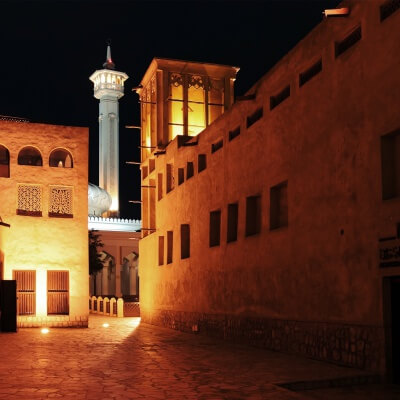4.5 / 5
These town houses were built in the 17th century. They belonged to Mikolaj and Krzysztof Przybylowie brothers, who decorated the houses with the likenesses of their patron saints (thus the names). Both houses share the same layout: the ground floor with three arches and the first floor with three windows. The facades are adorned with relief sculptural decorations, including human and animal figures, and plant motifs. Christianity and ancient myths combine with medieval fantasy and Renaissance grotesque here, creating an epic work carved in limestone and modelled in lime mortar.
Opening hours
POI always available
Admissions
Free entrance




